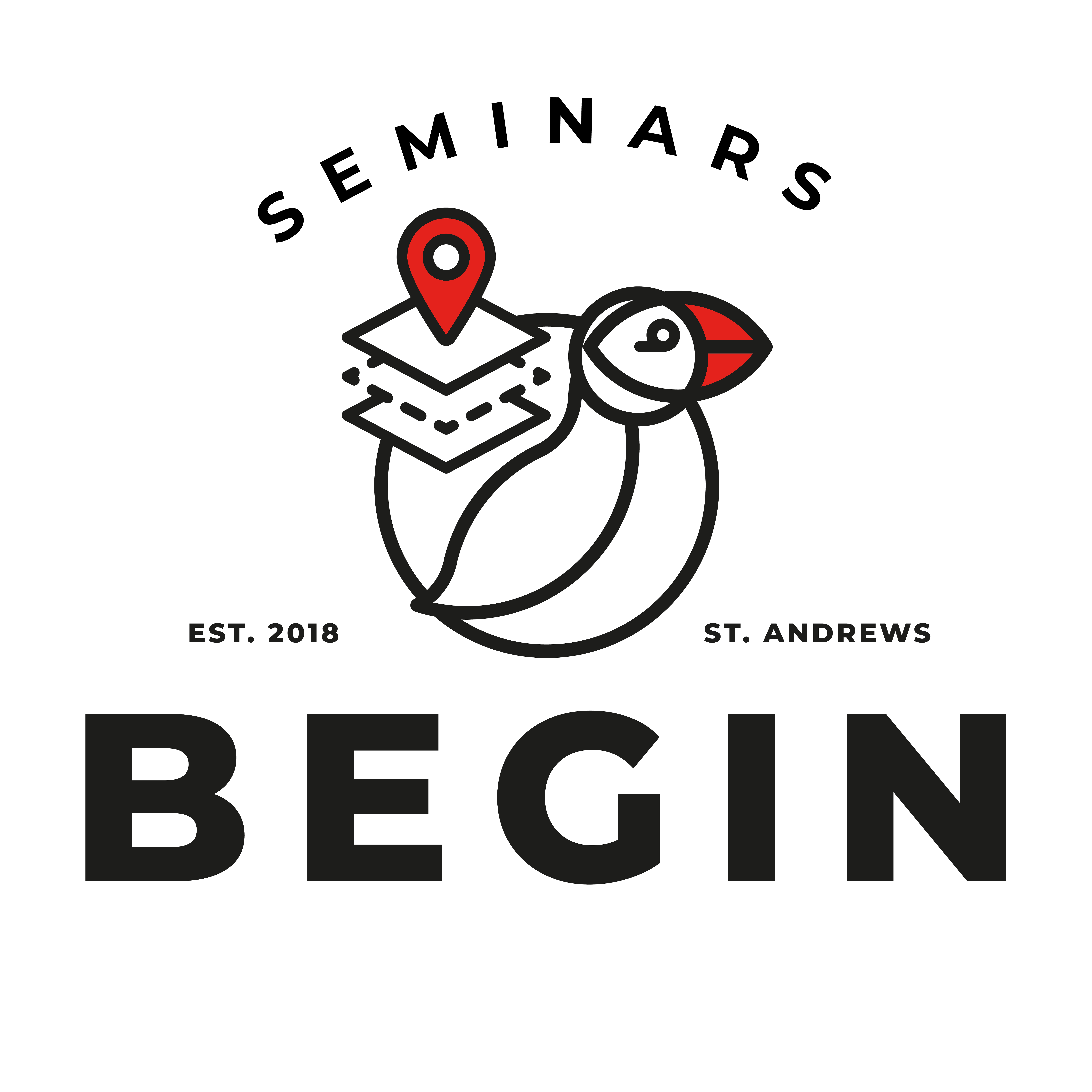BEGIN seminar – Dr Hannah Williams
Date: 08 December 2020
Time: 15:00-16:00
Venue: The link for the event will be sent on the morning of the 8th those that RSVP
Please RSVP at [email protected] until Mon 7th of December to receive the link.
All welcome!
Cost-efficient movement decisions in a dynamic landscape
An animal’s cost of movement is determined by a combination of locomotion and environmental energies. This is defined by their energy landscape, a heterogeneous landscape of costly slopes and substrates or beneficial water currents and airflows, where movement is more or less costly, respectively. However, in dynamic and unpredictable environments it is notoriously difficult to locate favourable flows. So how do animals inform probabilistic movement decisions for reduced movement costs? Soaring birds have evolved an obligate dependence on the energy available in airflows, gliding between updrafts as energy hotspots to gain the height needed to travel cheaply without having to use flapping flight. Using Inertial Measurement Units (IMUs) I record movement at ultra-fine scales to investigate how vultures and condors gain lift from updrafts and to identify the conditions under which they are forced to use expensive flapping flight. I then theorise that in the same way that we can ‘reconstruct’ the energy landscape (using IMUs and dead-reckoning), animals may gain up-to-date information by observing the movements of other soarers in their environment as a strategy to increase certainty in movement decisions.
Biography
My academic life started as an undergraduate in zoology at the University of St Andrews, where a project tagging killer whales with Volker Deecke and Patrick Miller brought me into the world of Bio-logging. I then went on to an MRes at Exeter University using geolocators and stable isotopes to investigate the foraging behaviour of gannets while on Migration. I completed my PhD and first postdoctoral position at Swansea University’s Laboratory for Animal Movement (SLAM) researching space-use in soaring birds. Here I focused on the use of movement sensors to quantify flight performance of vultures and condors. I am now based at the Max Planck Institute for Animal Behavior where I am investigating the use of social information to optimise movement efficiency. Again with a focus on soaring species, exploring how animals may optimise cost-efficiency of movement when moving through dynamic and unpredictable environments.
